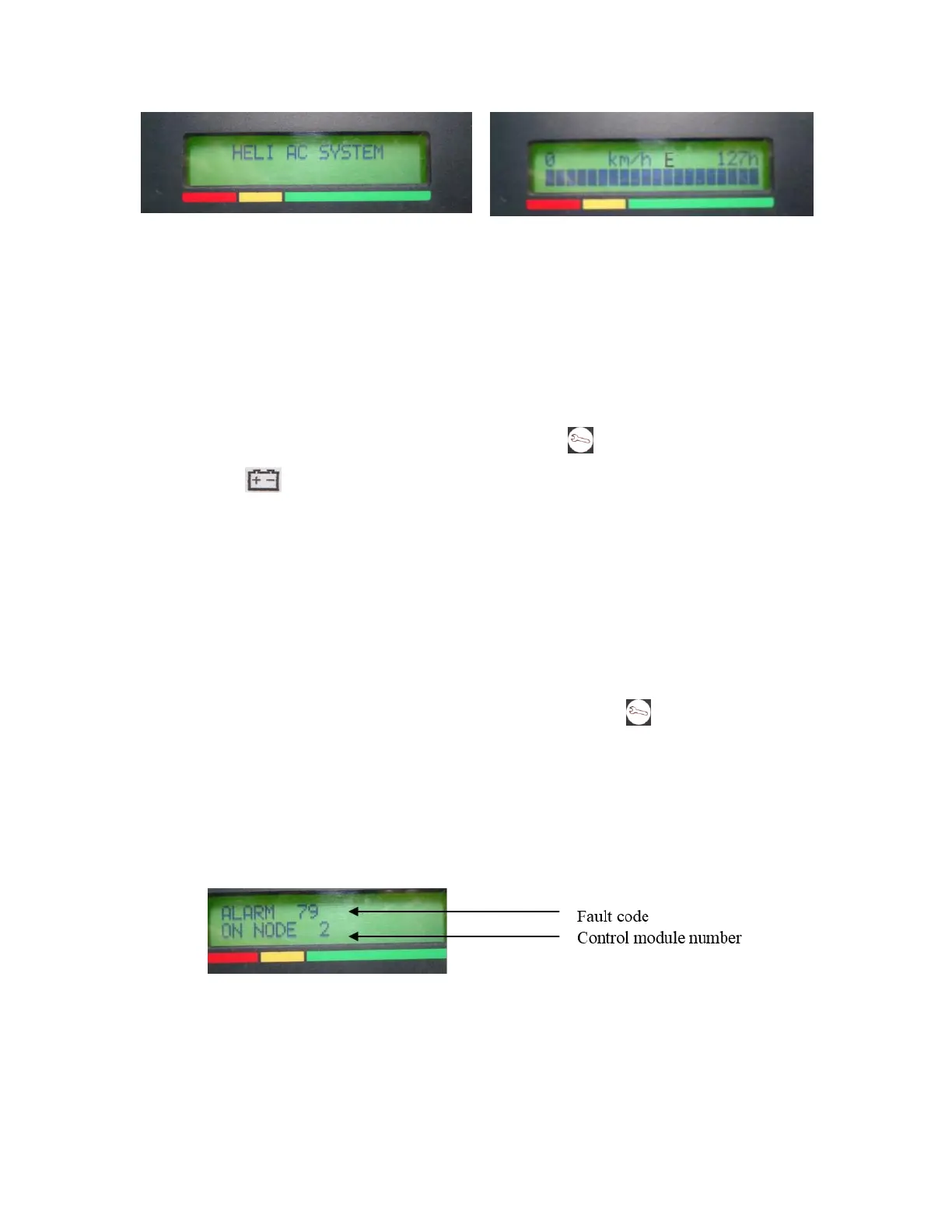Fig. 4-19 Display interface on the ZAPI instrument (no fault)
b) Battery power display; The battery capacity (BDI) graph has a total of 20 grids.
When the vehicle is energized and the battery is full, the graph is full grid (i.e., 20 grids).
The battery discharge, then as the storage capacity of the battery decreases, the number of
grid gradually decreases. Lower limit of battery power prompt; When the battery power
drops to 20 grids and all disappear, the trouble indicator and the battery power lower
limit prompt
will flash at the same time, the walking speed will slow down, and
the lifting action will be cut off. The battery should be charged in time.
c) Driving mode display in traction operation: the driver can select driving mode
through the mode switch, and the current mode is displayed on the instrument interface
(see figure 4-19). The system has three modes: E for economy mode (default), P for
powerful mode and S for slow mode.
d) Fault code display; If the fault occurs, the meter pattern is always bright, the
fault code (line 1) is displayed in the window, the number of control module in the CAN
bus network where the fault occurs (line 2), and the information of ZAPI system CAN
bus network is shown in table 4-2.
Fig. 4-20 ZAPI instrument fault display interface

